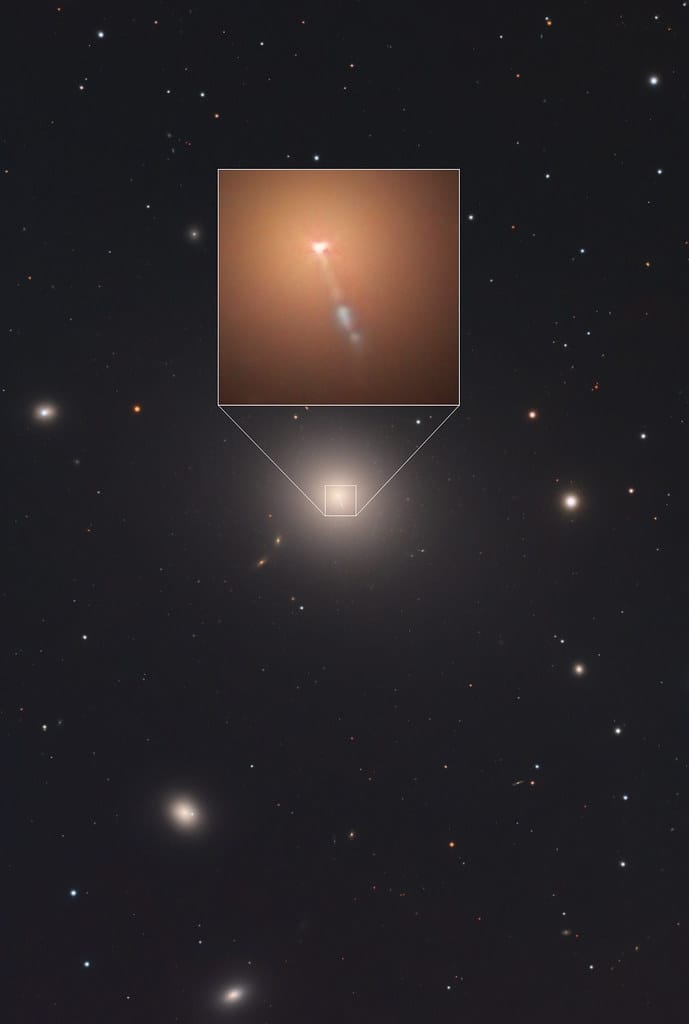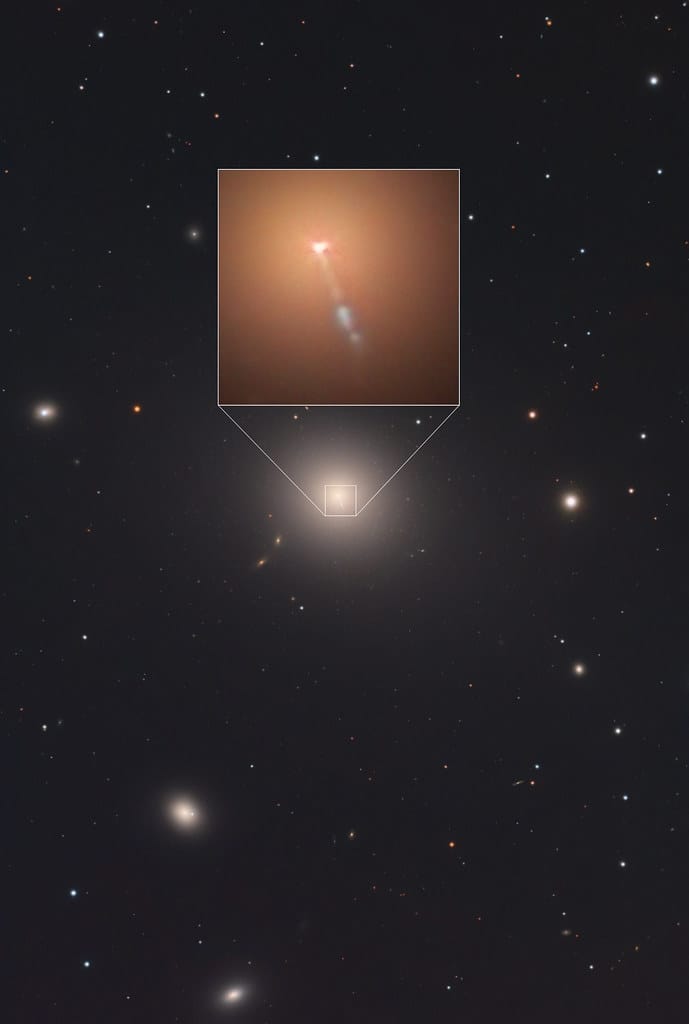Our Galaxy's Monster Black Hole Is Spinning at Mind-Bending Speeds That Push the Limits of Physics
Scientists have discovered that Sagittarius A*, the supermassive black hole lurking at the heart of our Milky Way galaxy, is spinning at nearly the maximum speed allowed by the laws of physics—a revelation that's reshaping our understanding of these cosmic giants and the violent processes that formed our galaxy.
A Cosmic Tornado 4 Million Times More Massive Than Our Sun
Located roughly 26,000 light-years from Earth, Sagittarius A* (Sgr A*) weighs in at approximately 4.15 million times the mass of our Sun. But it's not just the black hole's enormous mass that has astronomers excited—it's how incredibly fast this monster is rotating.
Recent observations using advanced radio telescope networks have revealed that Sgr A* is spinning at about 60% of the theoretical maximum speed possible for any black hole. This translates to the black hole's event horizon—the point of no return—whipping around at roughly 60% the speed of light.
"This is as close to the speed limit as we've ever measured for such a massive object," explains Dr. Ruth Daly, lead researcher on the study published in the Monthly Notices of the Royal Astronomical Society. "We're witnessing physics at its most extreme."
How Do You Measure a Black Hole's Spin?
Measuring the rotation of an object that doesn't emit light and from which nothing can escape presents obvious challenges. Scientists accomplished this remarkable feat by analyzing the jets of material that Sgr A* occasionally launches into space at nearly light speed.
These jets, composed of superheated plasma and accelerated particles, act like cosmic lighthouses. By studying their behavior and the way they interact with surrounding space-time, researchers can calculate the black hole's angular momentum—essentially how fast it's spinning.
The team used data from multiple radio telescopes, including the Very Long Baseline Array (VLBA), to track these jets over several years. The measurements required unprecedented precision, as even tiny variations in the jet behavior reveal crucial information about the black hole's rotation.
The Physics Behind the Speed Limit
Einstein's theory of general relativity sets a hard limit on how fast any black hole can spin. This maximum rotation rate, known as the Kerr limit, prevents the black hole from spinning so fast that it would tear itself apart or violate fundamental principles of physics.
When a black hole approaches this limit, it drags the very fabric of space-time around with it in a phenomenon called frame-dragging. Near Sgr A*, space itself is being twisted and pulled along at tremendous speeds, creating a cosmic whirlpool effect that influences everything in the vicinity.
At maximum spin, the black hole's event horizon shrinks to its smallest possible size, and the ergosphere—a region where space-time itself is dragged around—expands dramatically. This creates extreme gravitational effects that can actually extract energy from the black hole's rotation.
What This Means for Our Galaxy's Formation
The discovery that our galaxy's central black hole is spinning so rapidly provides crucial insights into how the Milky Way formed and evolved over billions of years. Black holes can achieve such extreme rotation rates through two primary mechanisms: by consuming matter in a consistent direction over long periods, or through mergers with other black holes.
The high spin rate of Sgr A* suggests it likely grew through sustained accretion of material spiraling inward in the same direction, rather than through chaotic feeding or major mergers that would tend to slow down its rotation. This orderly growth pattern indicates that our galaxy's formation was more stable and organized than previously thought.
Implications for Future Research
This groundbreaking measurement opens new avenues for testing Einstein's theories under the most extreme conditions in the universe. As black holes approach their maximum spin rates, they become natural laboratories for studying phenomena that cannot be replicated on Earth.
The findings also have implications for understanding gravitational waves, energy extraction from black holes, and the role these cosmic giants play in galaxy formation and evolution throughout the universe.
The Cosmic Speed Demon in Our Backyard
The revelation that we share our galaxy with such an extreme object—spinning at nearly the fastest rate physics allows—underscores just how dynamic and violent the universe can be. While Sgr A* may seem distant and irrelevant to daily life, it's the gravitational anchor that holds our entire galaxy together, influencing the orbits of billions of stars including our own Sun.
This discovery reminds us that even in our cosmic neighborhood, physics operates at its most extreme limits, creating phenomena that challenge our understanding of space, time, and the fundamental forces that govern our universe.

